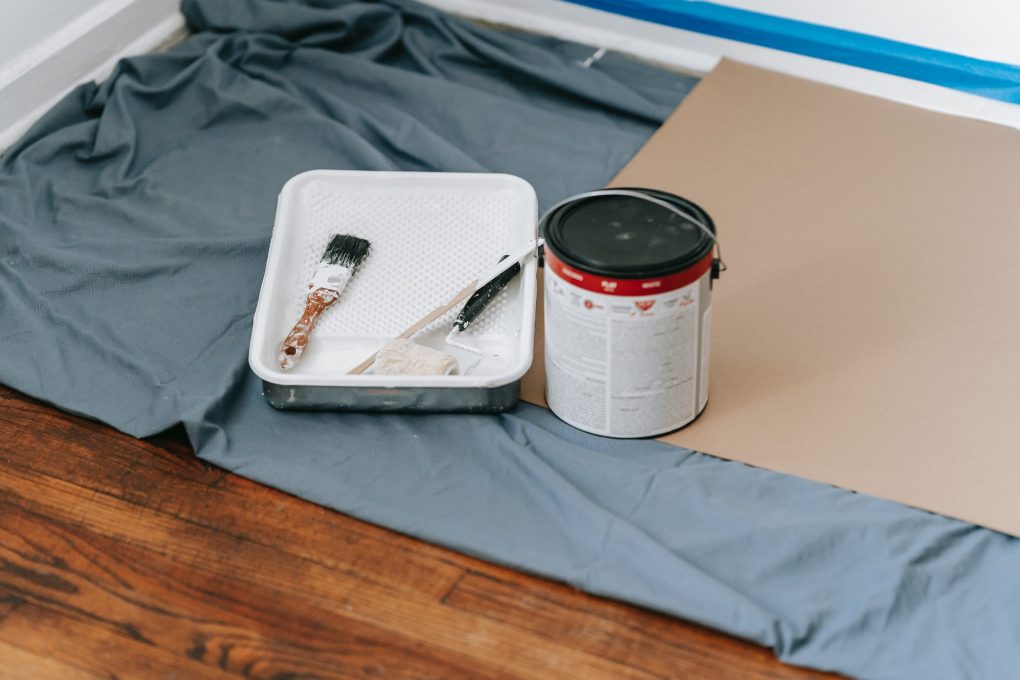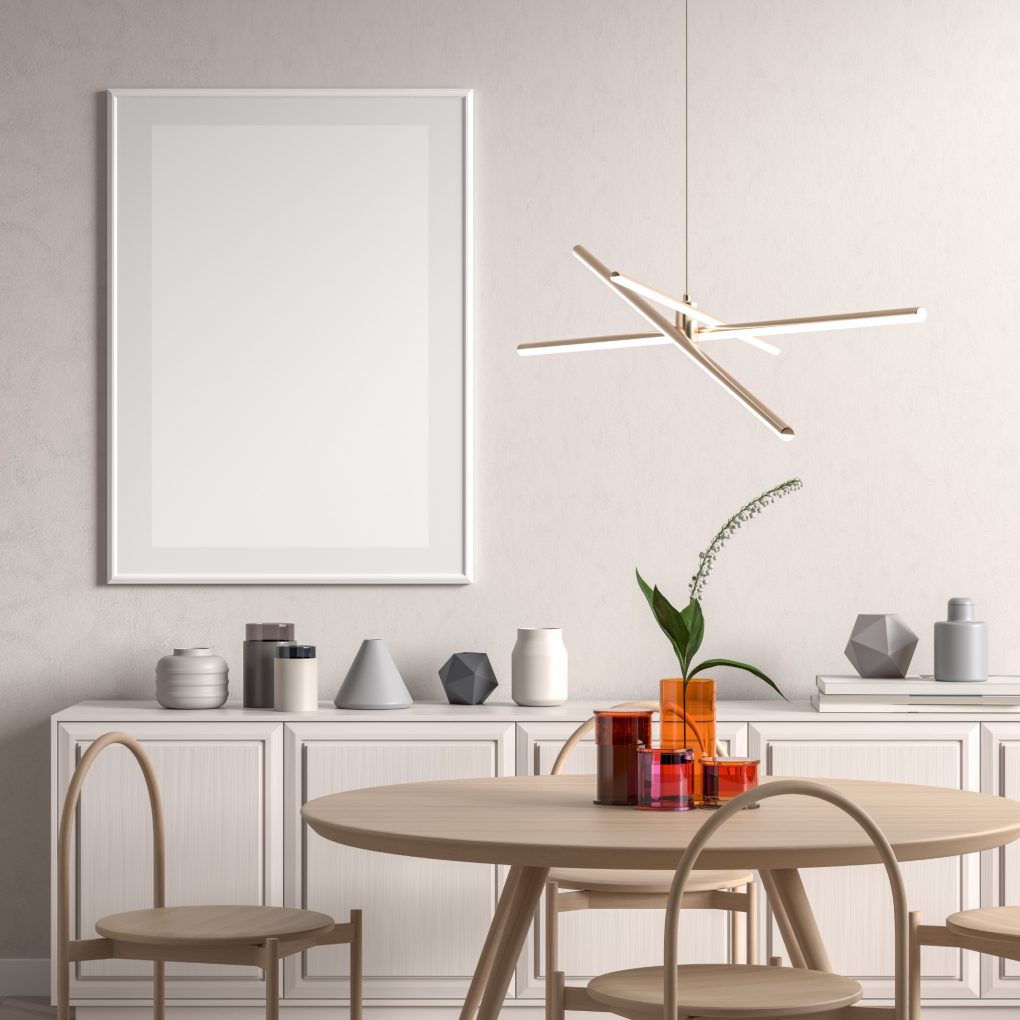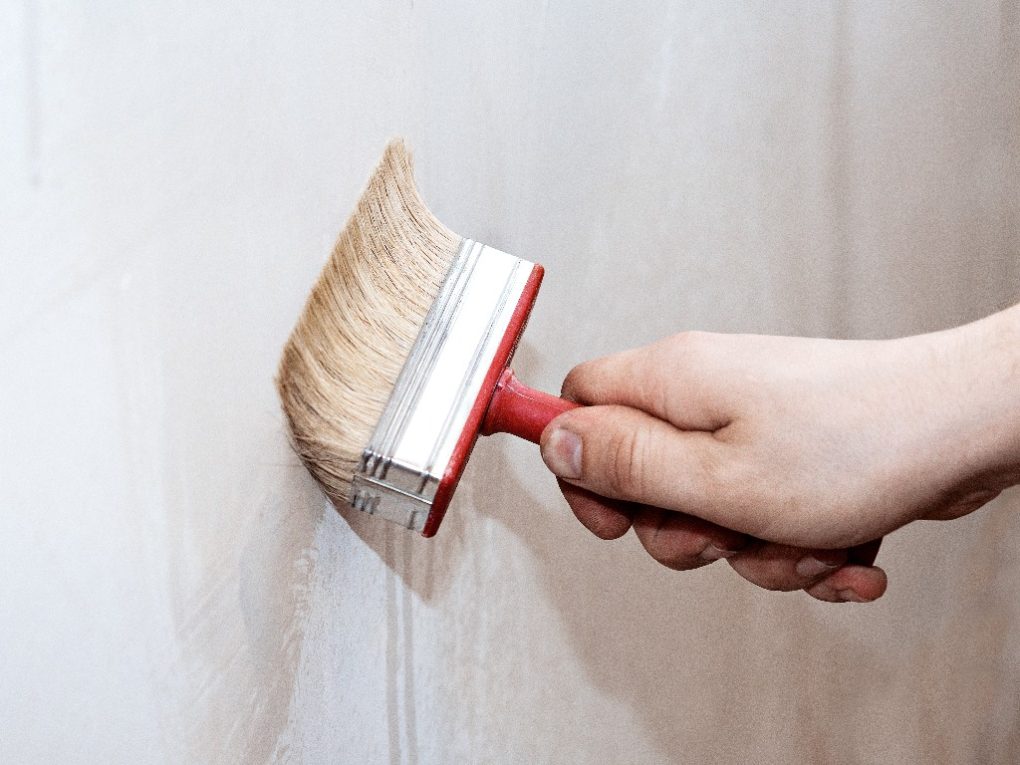Is Eggshell Paint the Same As Satin: Understanding the Differences
No, eggshell paint is different from satin. While both finishes fall into the low-to-medium luster category, they differ in texture, sheen, and application. Eggshell paint is a versatile finish often used for walls and ceilings.


Eggshell paint has a slight sheen that is more pronounced than flat or matte paint but less glossy than satin. It also has a warm, inviting glow that can add depth and texture to a room.
Differences Between Eggshell and Satin Paint
Sheen Level
Satin paint has a higher sheen level than eggshell paint, typically having a soft, smooth, and semi-reflective finish reflecting more light than eggshell paint. Satin paint has a slight gloss or shine, giving it a more lustrous appearance, and is often described as having a velvety or pearl-like finish.
Eggshell paint has a lower sheen level than satin paint but still has a slight sheen, and a soft, smooth, and subtle finish that is often compared to the texture of an eggshell, hence the name.
Eggshell paint has a lower gloss or shine level than satin paint, making it more muted. It reflects less light, which results in a less glossy and more matte-like finish. It is less resistant to stains and moisture than satin paint but can still be cleaned with mild soap and water.
Both finishes are durable and commonly used in interior painting. Still, satin paint is typically used in high-traffic areas where durability and stain resistance are important. In contrast, eggshell paint is often used in areas where a more subtle and matte appearance is desired.
Durability
Both satin and eggshell paint finishes are considered relatively durable compared to other paint finishes, such as flat or matte finishes. However, there are some differences in their performance and resistance to various factors.
Satin paint is known for its high level of durability and is designed to resist wear and tear, stains, moisture, and cleaning more than other paint finishes. Satin paint has a semi-reflective finish that helps it resist scuffs, marks, and abrasions, making it suitable for high-traffic areas in the home, such as hallways, kitchens, and bathrooms.


It can also withstand frequent cleaning with mild soap and water without damaging the finish, making it easy to maintain its appearance over time. In addition, satin paint is also more resistant to moisture, which makes it suitable for areas with higher humidity levels, such as bathrooms and kitchens, where it can help prevent the growth of mold and mildew.
Eggshell paint is also durable, although it may not be as resistant to wear and tear as satin paint. Eggshell paint has a softer and more subtle finish than satin paint, which may be slightly more prone to scuffs, marks, and abrasions. However, it is still considered durable in most interior spaces, including living rooms, bedrooms, and dining rooms.
Like satin paint, eggshell paint can be cleaned with mild soap and water, but it may require more care to avoid damaging the finish during cleaning. While eggshell paint is generally moisture-resistant, it may be less suitable for high-moisture areas like bathrooms or kitchens than satin paint.
Ease of Cleaning
Satin paint is relatively easy to clean. Its semi-reflective finish creates a smooth, somewhat slick surface that resists dirt, stains, and grime. Satin paint can be cleaned with mild soap and water using a soft cloth or sponge without damaging the finish. Satin paint’s resistance to moisture and stains makes it easier to wipe away spills, splatters, and other marks, which makes it a popular choice for areas prone to messes and stains.


Eggshell paint is also relatively easy to clean but may require more care than satin paint. As mentioned, eggshell paint has a softer and matte-like finish, which may be less resistant to dirt and stains than satin paint but may be more prone to absorbing dirt and grime due to its less slick surface.
As a result, cleaning eggshell paint requires more effort and care to avoid damaging the finish. I use mild soap and water for cleaning and avoid using abrasive materials or harsh chemicals that may scratch or damage the paint. Using a soft cloth or sponge is recommended to wipe the surface to clean stains or spills gently.
Application
Satin paint is known for its smooth, lustrous finish with a moderate sheen typically applied using a paintbrush, roller, or sprayer and is often used for larger surfaces such as walls and ceilings.
Satin paint tends to have good coverage, often providing good hiding power with fewer coats than other finishes. It is also known for its leveling properties, which means it can dry to a relatively even and smooth finish, helping to minimize brush or roller marks.
When applying satin paint, it’s important to properly prepare the surface by cleaning it, repairing any imperfections, and priming if needed. Satin paint can be applied over various surfaces, including primed or previously painted surfaces and properly prepared wood, metal, and drywall. It’s important to follow the manufacturer’s instructions for application, including recommended drying times between coats, to ensure the best results.
On the other hand, eggshell paint has a softer, more subtle finish with a lower sheen level than satin paint, typically applied using a paintbrush or roller and is often used for walls, trim, and furniture.
Eggshell paint has a slightly textured surface that resembles the surface of an eggshell, which gives it its name. It provides a velvety, low-sheen appearance that is slightly more matte than satin paint.
Like satin paint, proper surface preparation is important before applying eggshell paint. This includes cleaning the surface, repairing imperfections, and priming if necessary. Eggshell paint can be applied over various surfaces, including properly prepared drywall, wood, metal, and previously painted surfaces.


When applying eggshell paint, it’s important to use smooth, even brush or roller strokes to achieve a uniform finish. Due to its lower sheen level, eggshell paint may level out less than satin paint to show brush or roller marks more easily. However, applying thin, even coats and avoiding excessive brushing or rolling can help minimize any potential streaks or marks.
